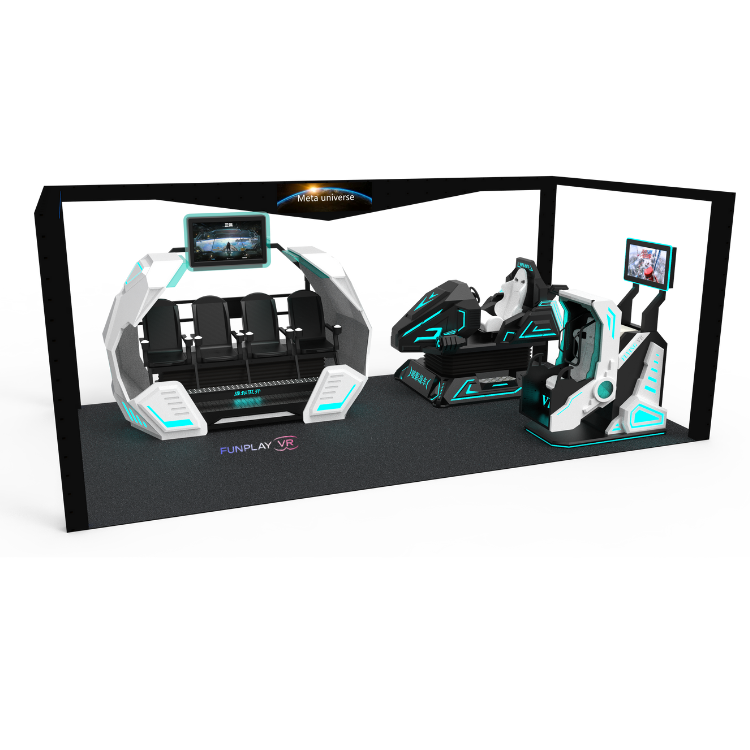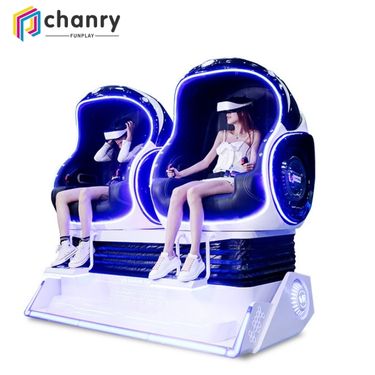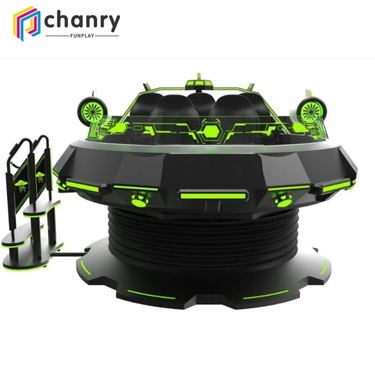Selecting the Right VR Equipment: A Guide to Enhancing User Experience and Satisfaction
With the burgeoning virtual reality (VR) market offering a plethora of options, choosing the right VR equipment can be a daunting task. To ensure a satisfying and engaging experience for users, it’s crucial to make informed decisions. This article outlines key considerations for selecting VR devices that will keep customers enthralled and coming back for more.
Avoiding the Pitfall of Similar Content: The first rule of thumb when selecting VR devices is to avoid purchasing multiple models that differ in appearance but offer identical content. This can lead to customer dissatisfaction and rapid disinterest:
- Diversity in Content: Seek out devices that offer a variety of game titles and experiences to keep users engaged.
- Unique Selling Propositions: Look for devices with unique features or exclusive content that sets them apart from the competition.
- Customer Retention: A diverse range of content will help maintain customer interest and encourage repeat use.
The Importance of Robust电脑配置 (Computer Configuration): The computer configuration is a critical component of the VR experience, as it directly impacts the smoothness of playback and the frequency of technical issues:
- High-Performance Hardware: Ensure the computer’s hardware meets or exceeds the recommended specifications for the VR content you intend to run.
- Graphics Processing Unit (GPU): A powerful GPU is essential for rendering high-quality graphics without lag.
- Random Access Memory (RAM): Sufficient RAM ensures smooth multitasking and prevents system crashes.
- Storage Capacity: Adequate storage is necessary for saving a variety of VR experiences and games.
Key Factors in Choosing VR Devices:
- Compatibility: Check for compatibility with different types of computers and ensure the device can integrate well with existing hardware.
- User Comfort: The VR headset should be comfortable to wear for extended periods, with adjustable straps and proper padding.
- Field of View (FOV): A wider FOV can enhance the immersive experience by providing a broader view of the virtual environment.
- Resolution: High-resolution displays minimize the “screen-door effect” and provide crisp visuals.
- Tracking System: Accurate and responsive tracking systems are vital for a realistic and interactive VR experience.
Ensuring a Smooth VR Experience:
- Latency: Look for devices with low latency to prevent motion sickness and ensure a fluid experience.
- Software Support: Choose devices from manufacturers that provide regular software updates and technical support.
- Customer Feedback: Consider reviews and feedback from other users to gauge the overall performance and reliability of the VR equipment.
Selecting the right VR equipment is about more than just choosing the device with the flashiest appearance. It requires a careful assessment of content variety, computer configuration, and the overall user experience. By prioritizing these factors, you can provide a VR experience that is not only immersive and enjoyable but also sustainable, keeping customers engaged and satisfied over the long term.




